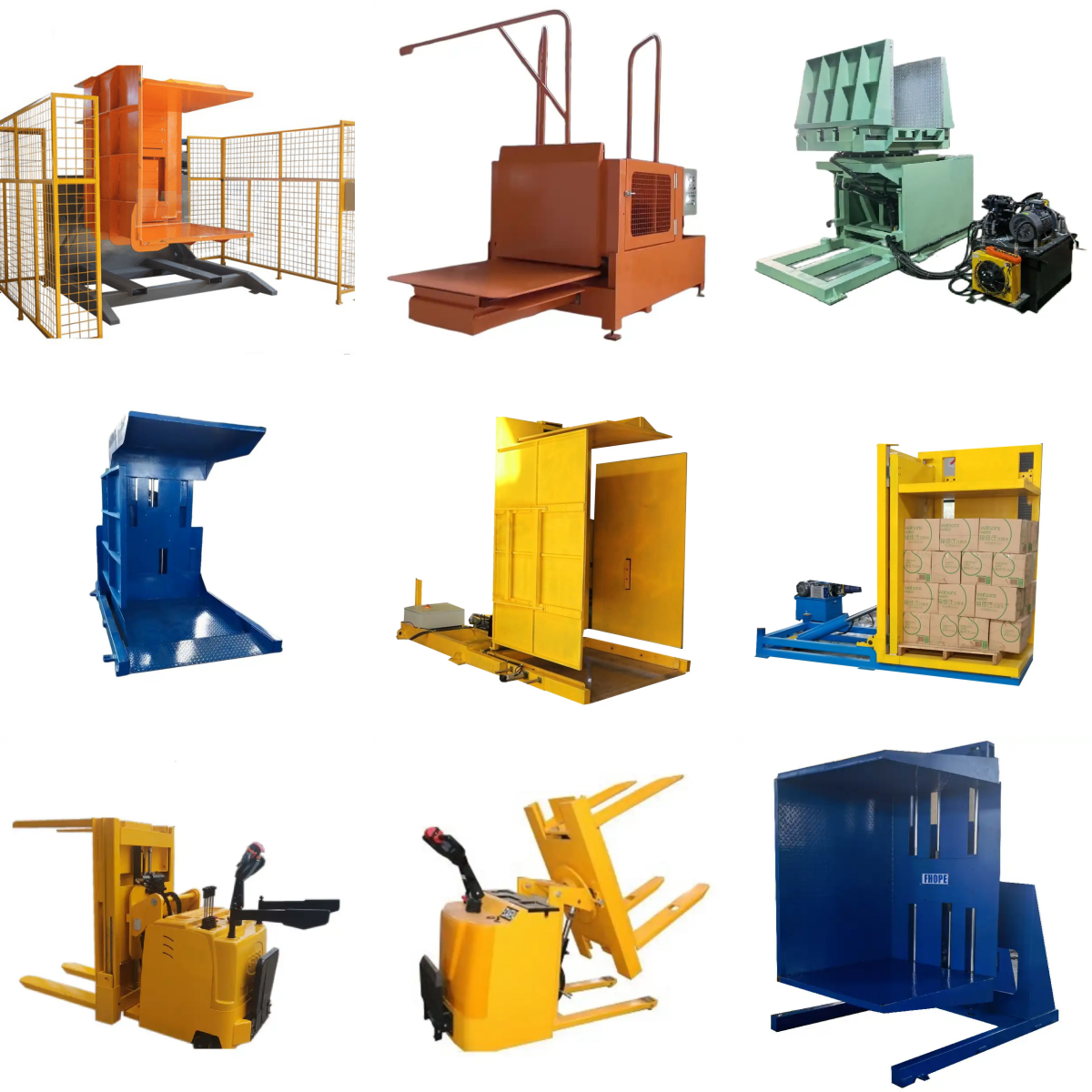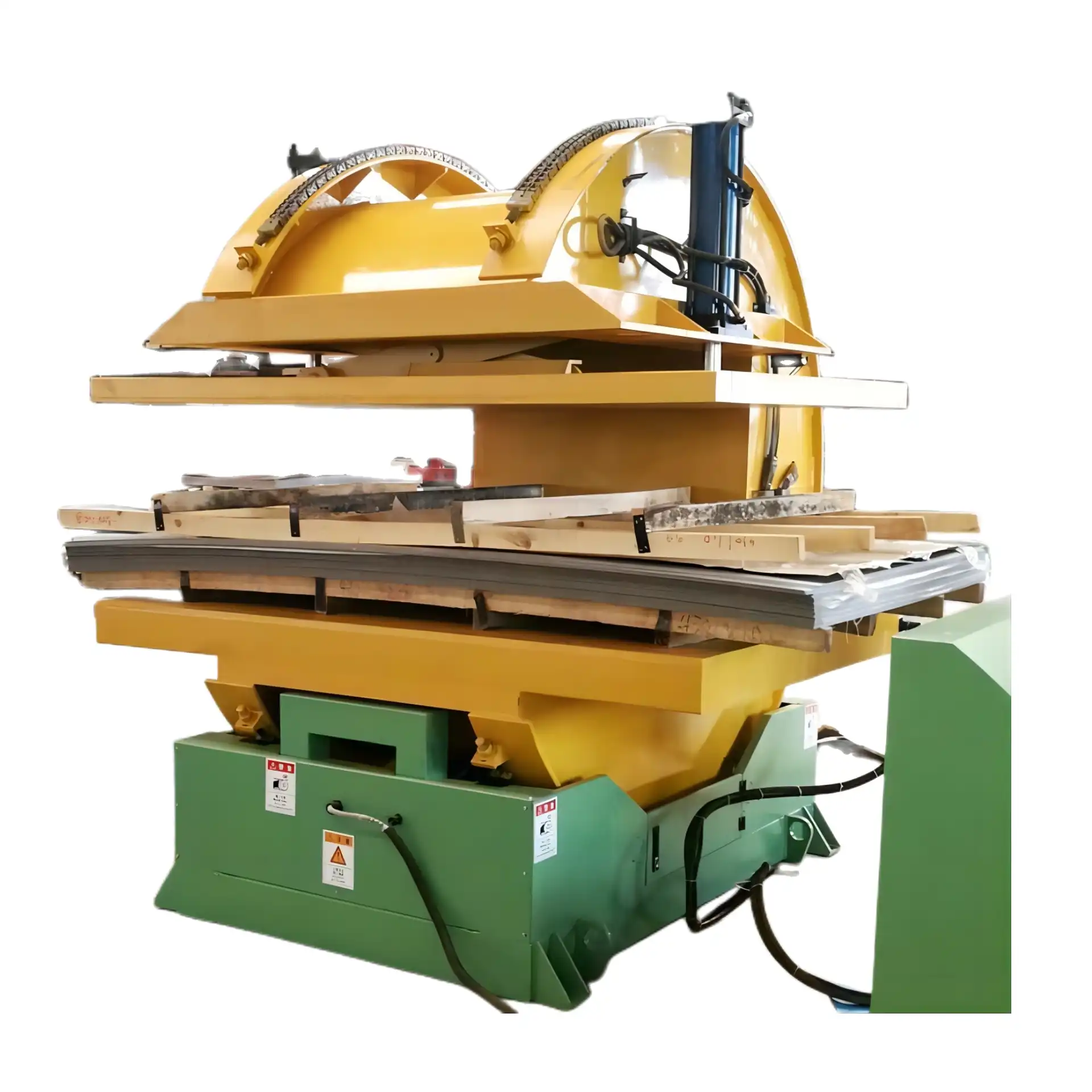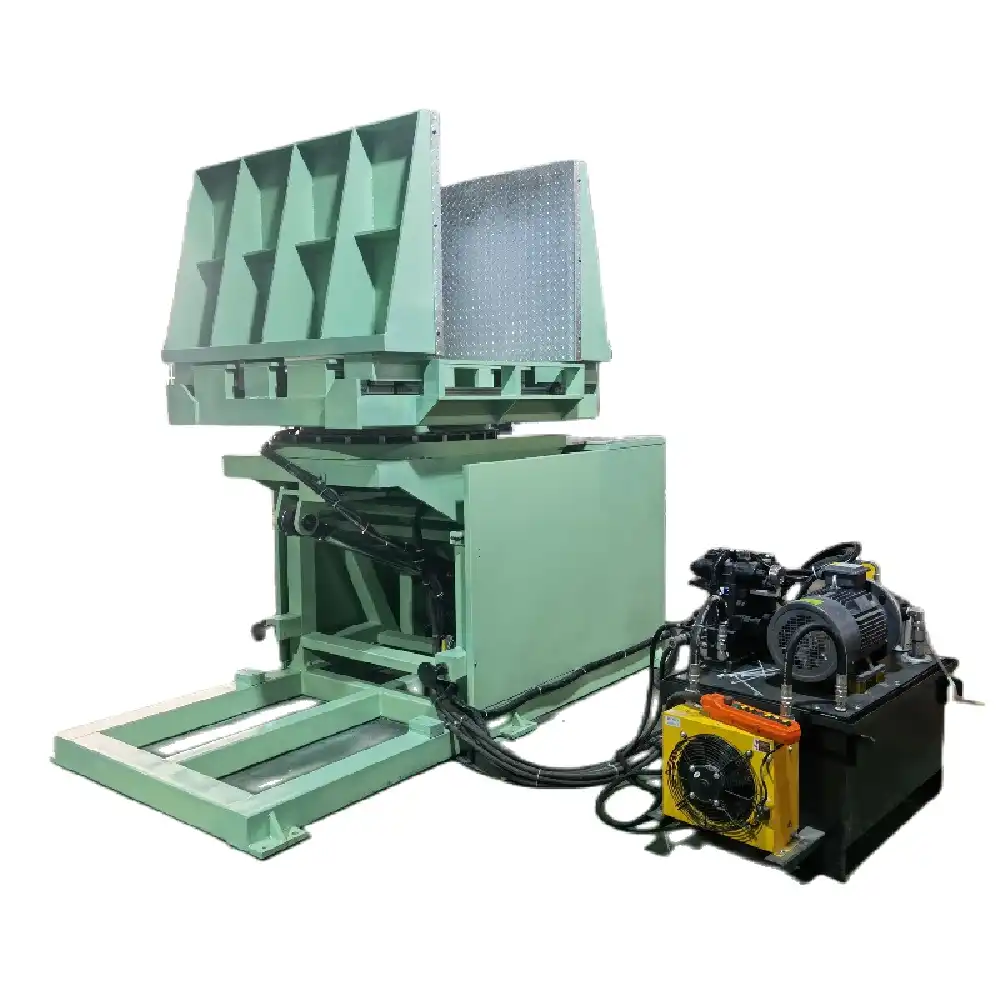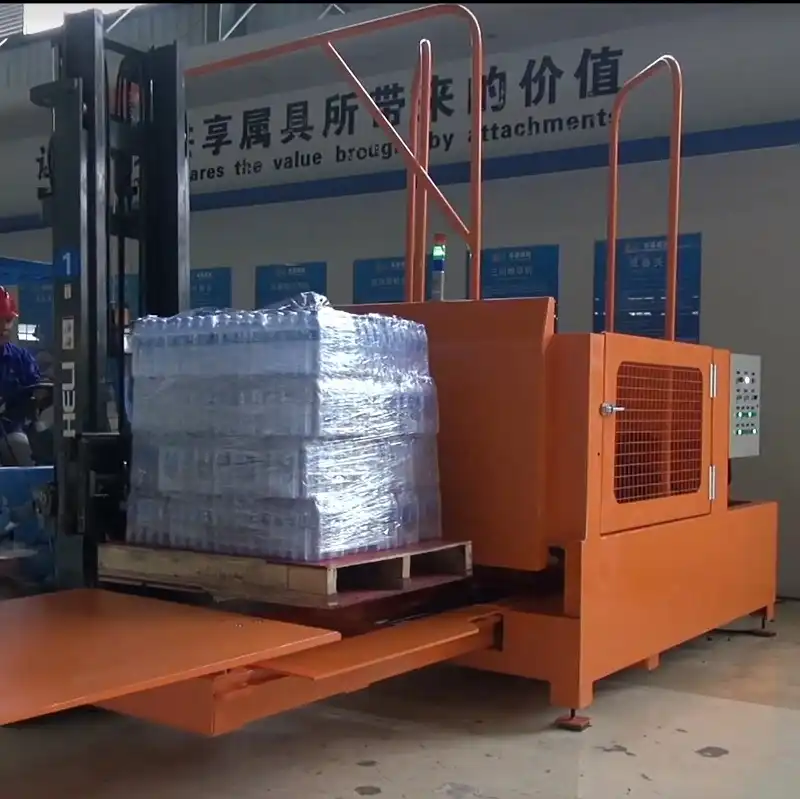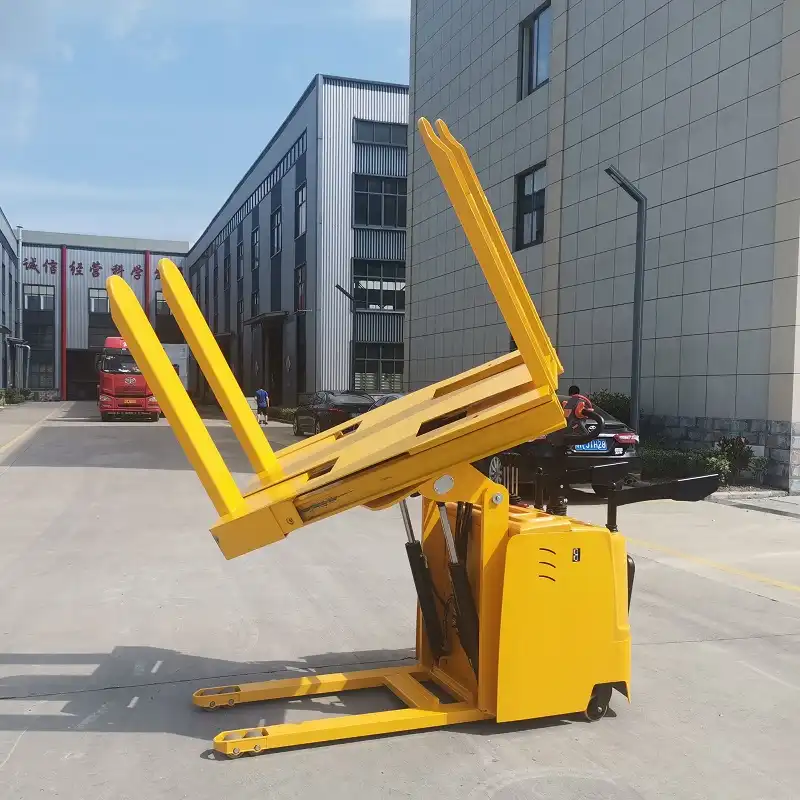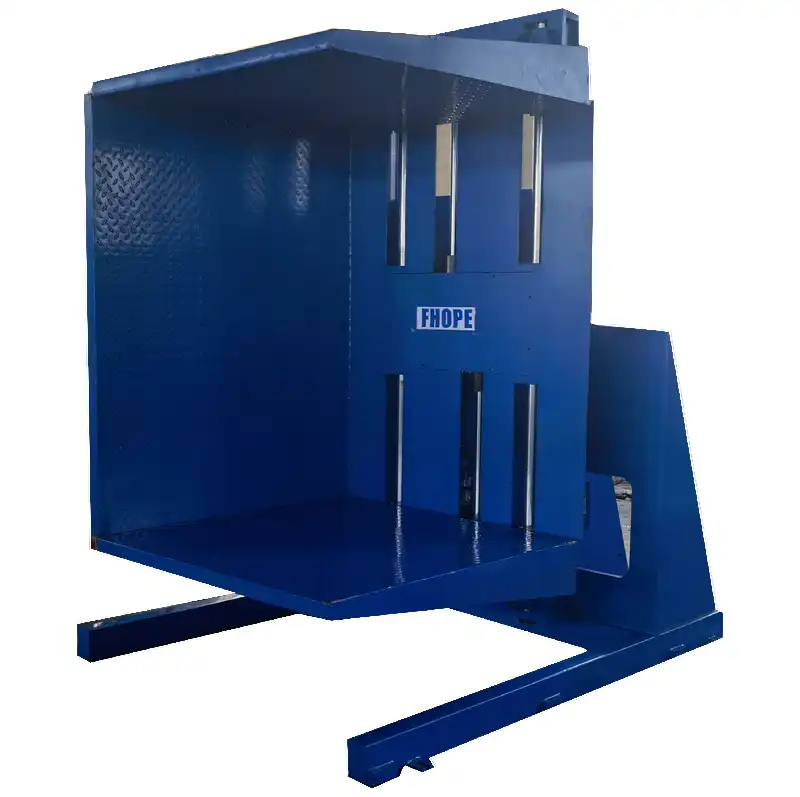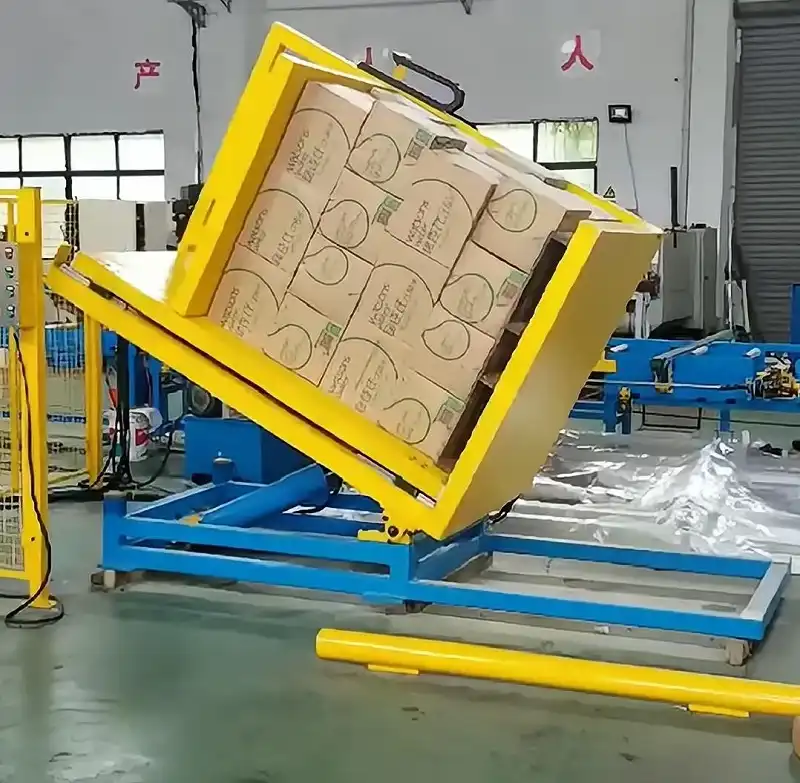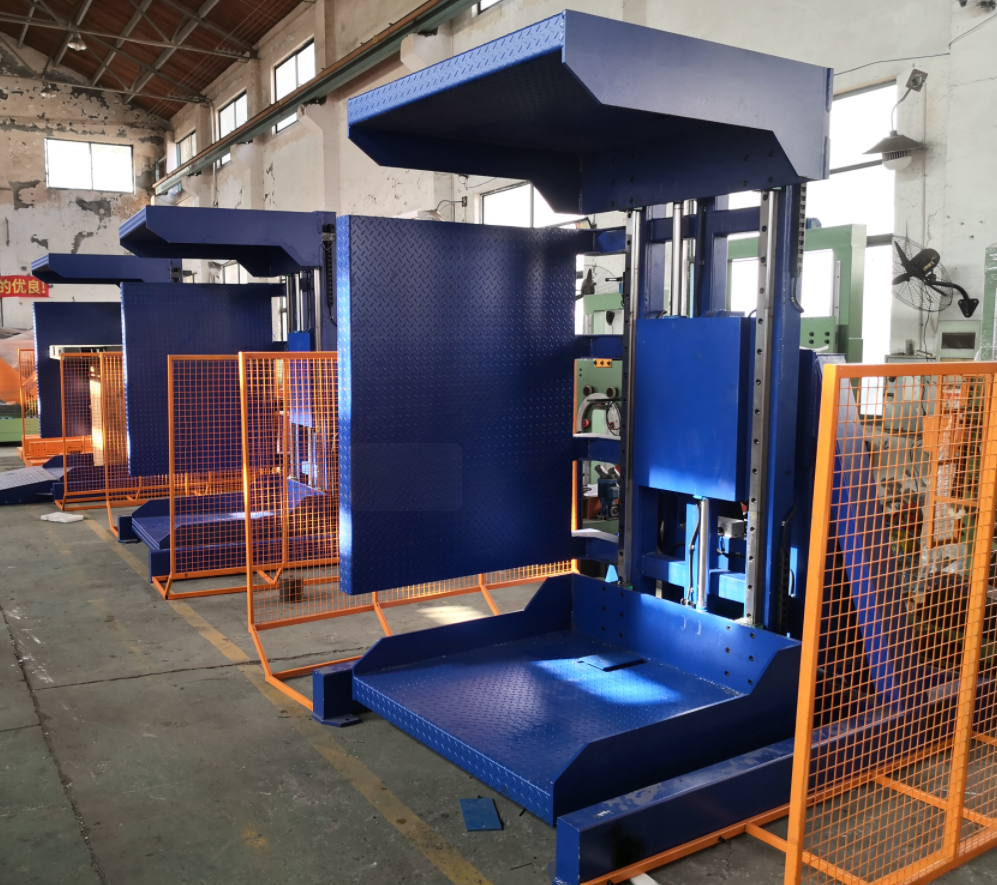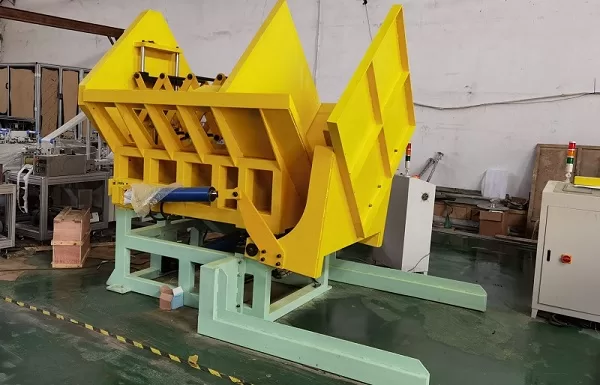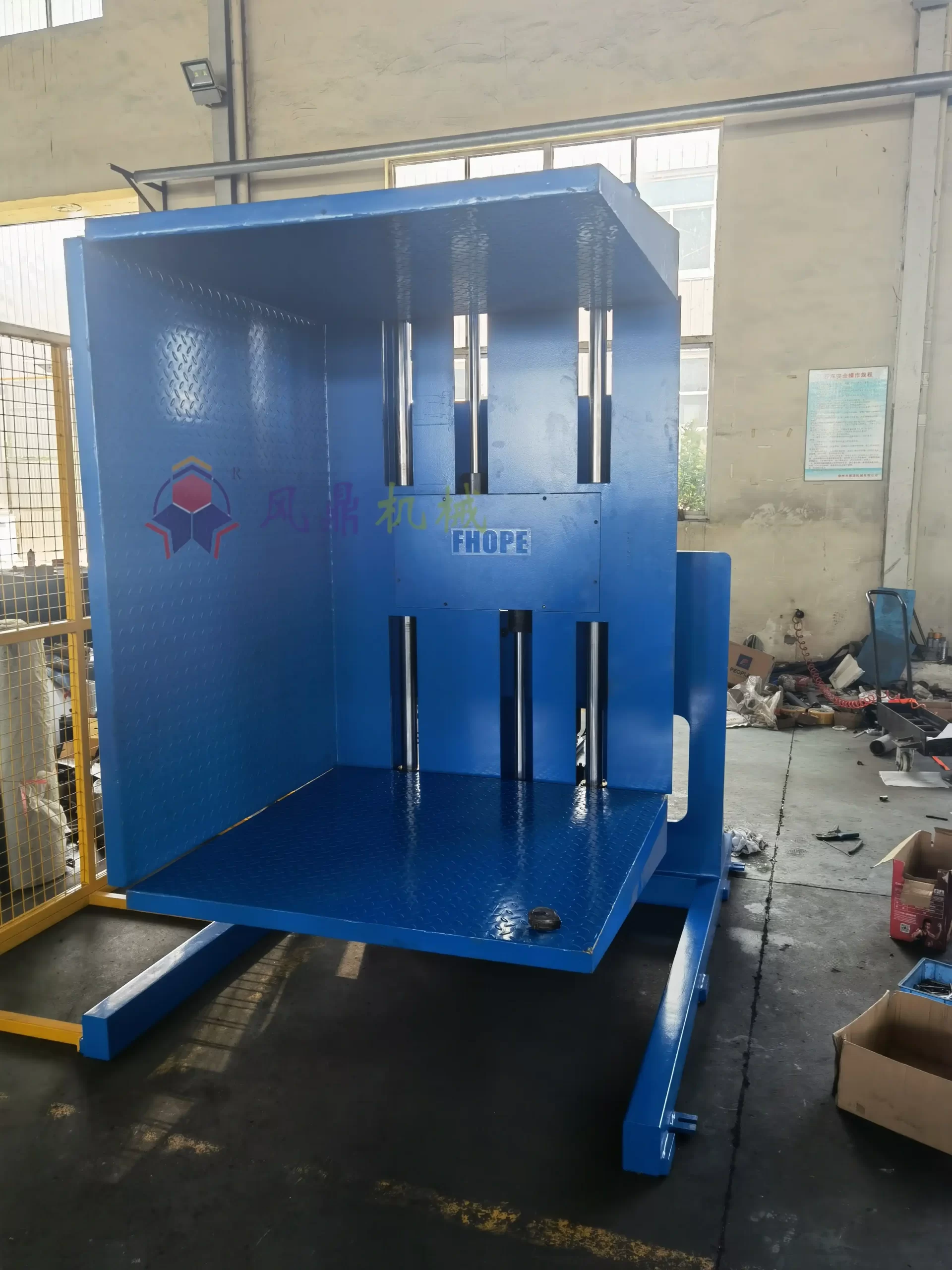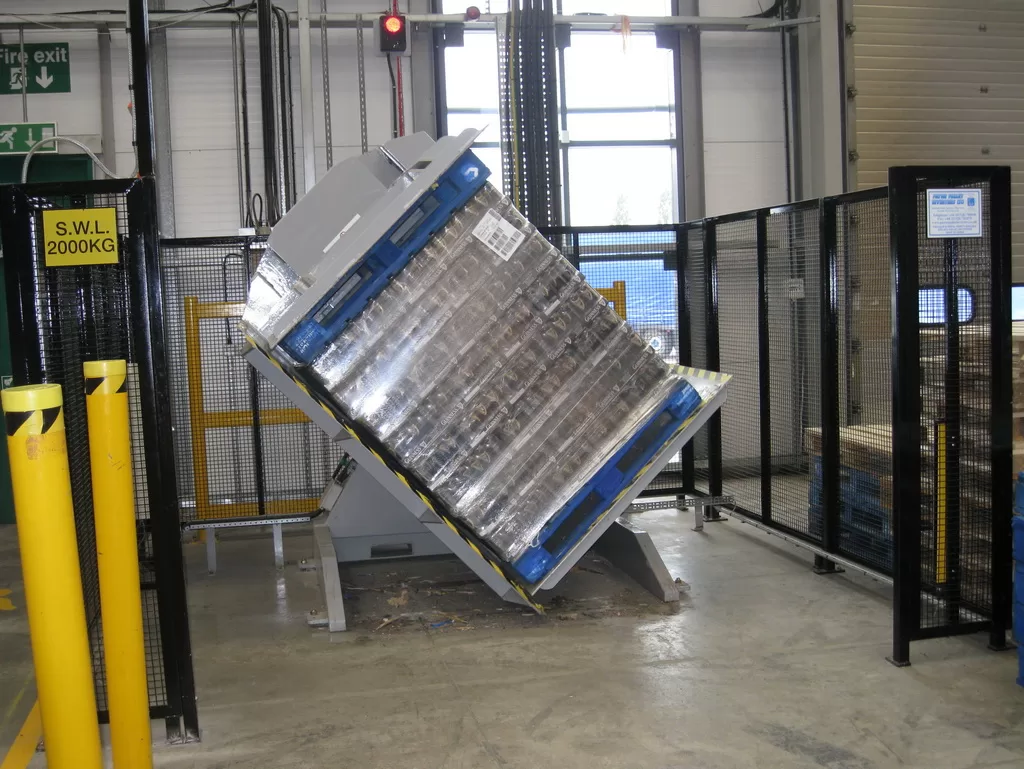How to Compare Energy Efficiency in Stationary Load Inverter?
In the fast-paced world of industrial automation, energy efficiency isn't just a buzzword—it's a necessity. Stationary load inverters, a cornerstone in manufacturing and logistics, are no exception. Choosing the right inverter isn’t just about functionality but also about understanding how it optimizes energy consumption without compromising performance. Let’s dive into the nuances of energy efficiency and uncover what makes a stationary load inverter a true powerhouse for your operations.
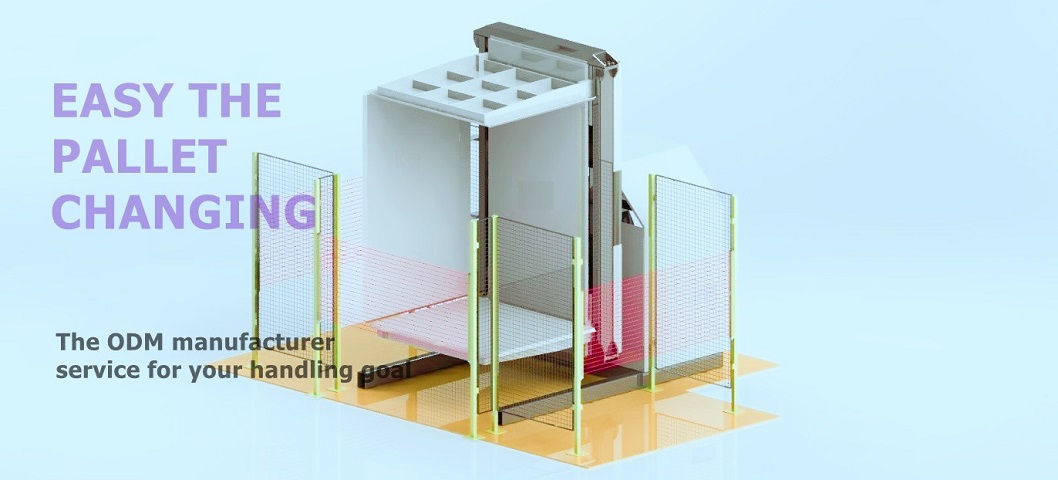
[featured image: A stationary load inverter in a warehouse setting, with a graph showing reduced energy consumption.]
The question remains: how do you effectively compare energy efficiency among the myriad of options available? It’s not just about what’s on the spec sheet. You need to delve deeper into real-world performance, sustainability metrics, and operational impacts.
A small tweak in energy efficiency can cascade into significant long-term savings. But understanding the metrics and terminology requires clarity and focus. Let’s break it down step by step.
[claim] Efficiency isn't just a feature; it's the foundation of performance.
Table of Content
-
What Defines Energy Efficiency in Stationary Load Inverters?
-
How Can You Measure Energy Savings Accurately?
-
Why Are Operational Load Profiles Critical to Efficiency?
-
Which Factors Influence Long-Term Savings?
1. What Defines Energy Efficiency in Stationary Load Inverters?
1.1 Technical Specifications vs. Real-World Performance
Energy efficiency starts with the numbers, but the story doesn’t end there. Manufacturers often highlight impressive efficiency ratings based on ideal conditions. However, real-world performance can deviate significantly due to factors like load variability and operational environments.
The technical specs may showcase an energy use of 0.8 kWh per cycle under perfect conditions, but how often does your workflow align with those conditions? The reality often lies in balancing these metrics with operational demands.
1.2 Load Management and Energy Optimization
Efficiency isn’t just about power consumption per cycle. It’s about how well the inverter manages energy under varying loads. Advanced models incorporate intelligent systems that redistribute or optimize energy during idle phases, significantly reducing wastage.
[featured image: Illustration of load profiles in stationary inverters with optimized power curves.]
1.3 Beyond Power Consumption: Durability and Thermal Management
Energy efficiency is closely linked to heat dissipation and system durability. Efficient inverters often include robust thermal management systems, ensuring consistent performance without overheating. This not only conserves energy but also extends the machine's lifespan, reducing the need for replacements and associated energy expenditure.
2. How Can You Measure Energy Savings Accurately?
2.1 Understanding Efficiency Metrics
Efficiency metrics such as load factor and energy recovery systems play a pivotal role. For instance, a load inverter with regenerative braking can redirect energy back into the grid, offsetting its consumption. These metrics, while technical, translate directly into operational savings.
It’s critical to look beyond manufacturer claims and conduct in-situ testing. Measuring energy consumption over diverse cycles offers insights into how the inverter will perform in your specific use case.
2.2 The Role of Power Quality
High efficiency doesn’t always equate to stable power quality. Poor-quality inverters may draw reactive power, increasing overall energy costs. Look for devices with power factor correction systems to ensure stable and efficient operations.
[featured image: A comparison chart showing reactive vs. real power in inverters.]
2.3 ROI Calculations and Lifecycle Analysis
When comparing energy efficiency, consider the broader picture. An inverter that costs slightly more but delivers consistent energy savings across its lifecycle will often outweigh cheaper, less efficient models. Factor in electricity rates, maintenance, and potential downtime when calculating ROI.
3. Why Are Operational Load Profiles Critical to Efficiency?
3.1 Matching the Inverter to Your Load Profiles
Your operational load profile dictates how effectively an inverter uses energy. An inverter designed for high loads but operated under low-load conditions will consume excess power, negating its efficiency advantages.
Selecting an inverter with adaptive capabilities ensures it performs optimally across various load levels, aligning energy use with actual requirements.
3.2 The Importance of Smart Controls
Modern inverters integrate smart control systems to dynamically adjust operations based on load demands. These controls monitor energy consumption in real-time, ensuring peak efficiency regardless of external factors.
[featured image: Dashboard of a smart control system monitoring load inverter performance.]
3.3 Data-Driven Insights for Continuous Optimization
Energy efficiency isn’t static; it requires continuous monitoring and adjustments. Advanced systems collect data to identify inefficiencies, enabling proactive adjustments. This approach ensures your inverter remains energy-efficient throughout its lifecycle.
4. Which Factors Influence Long-Term Savings?
4.1 Initial Investment vs. Operating Costs
While upfront costs can be daunting, an efficient stationary load inverter will offset its price through reduced energy consumption and maintenance needs. When comparing models, consider the cost per kWh saved over time rather than the initial sticker price.
4.2 Impact of Maintenance on Energy Efficiency
Neglected maintenance often leads to energy inefficiencies. Dust accumulation, worn components, and software issues can increase power draw. Opt for models with predictive maintenance features to prevent these issues.
[featured image: Maintenance schedule for inverters, highlighting energy savings.]
4.3 Future-Proofing Your Investment
Energy efficiency standards and industrial needs evolve. Choose an inverter with firmware updates and scalable features to keep pace with advancements. This ensures your investment remains efficient even as operational demands change.
Conclusion
Efficiency in stationary load inverters isn’t just a technical metric; it’s a business imperative. By understanding key factors such as real-world performance, load management, and lifecycle costs, you can make informed decisions that balance energy savings with operational excellence.
[claim] The right choice goes beyond immediate savings, shaping the sustainability and scalability of your operations for years to come.

